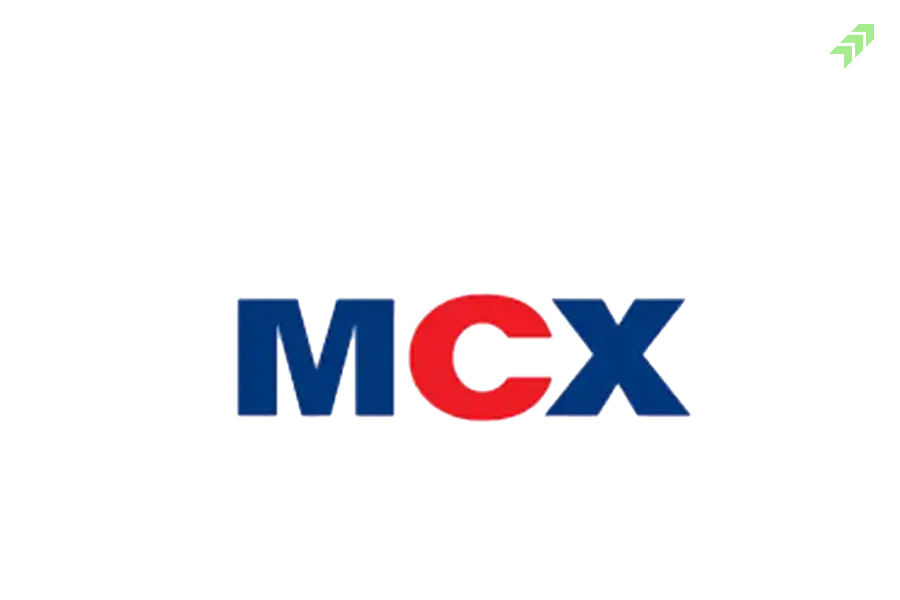Day trading, intraday trading, and swing trading are some of the most popular styles of trading in the financial markets, especially in the equity market. Traders use to trade with various types of trading strategies under these two types of trading techniques. Both trading styles differ in ways you can see.
Understanding the difference between day trading and swing trading will not only help you to differentiate your trading strategies and habits, but also make you understand risk and profitability level in them. Moving further in this blog, we will find out the difference between swing trading and day trading and which one is suitable for which kind of market participant.
What is Day Trading or Intraday Trading?
Intraday trader buys or sells security during usual market hours but have to square-off their position before market closes. A trader can trade multiple time in underlying or trade in multiple securities but again, the trade have to be squared off on the same day before the market closes.
Also Read: Top 10 Things You Should Know Before the Stock Market Opens
If you have bought stock of any company for intraday trading, then you have to sell the same company stock in the same quantity. In day trading you can sell the stock you actually don’t have in your demat account, that is known as short selling.
But finally at the time of market closing you have to buy the same quantity of shares of the same company otherwise your broker will automatically close your position. Hence, at the time of trading, you have to select the type of trading you are placing the order for intraday trading or positional trading, which means you are ready to take delivery of shares into your demat account.
What is Swing Trading in the Stock Market?
A market participant doing swing trading usually holds the bought underlying for time periods ranging from 1 week to several months. It is a delivery-based trading style in which you can buy the stock when it is near its bottom and keep the underlying to take upward swing of the stock. The stock to show momentum can take time ranging from weeks or even months.
Also Read: Best indicator for swing trading
Compared to intraday trading, for selection of swing stocks, you have plenty of time to do fundamental analysis and technical analysis to make well-informed decisions. Run comparison between stocks or even exit the stock with small profit when your view changes. For new traders or beginners, swing trading would be much easier and less risky compared to intraday trading.
What are the Difference Between Swing Trading and Day Trading?
Meaning
Intraday or Day Trading is buying and selling the underlying security and squaring off the position s on the same day. Intraday trader doesn’t take delivery of shares or carry their position for the next day. All the positions are either squared off by trader before the market closes or the broker automatically square off them at a profit or loss.
On the contrary with intraday trading, Swing Trading is a delivery-based trading strategy in which a trader holds its positions for the next day, weeks or for several months. In swing trading, a trader picks stocks at its bottom, when it hasn’t yet started moving but will give movement in few days. Traders doing swing trading stands to gain for upside movement in stock.
Time Period
The time horizon or you can say the trading time period of Intraday Trading is one day. This means you have one day to buy the stock and sell it or vice versa. In day trading you can enter into multiple trade positions but ultimately you have to close all the trade positions or exit whether it’s in loss or in profit you can’t carry your trade positions.
In Swing Trading the time horizon is much longer up to many days, weeks or months that totally depend on your decision on how long you want to hold your positions. You can buy stocks at the support levels and sell or book the profits at the resistance levels. However, if you earn the profit on the same day you can exit from your trade position on the same day, then delivery of shares will be not credited to your demat account.
Also Read: Things to Consider Before Buying Stocks for Long Term: 10 points
Margins Allowed
For intraday trading, your broker can allow the margins to trade multiple times than the fund available in your trading. In day trading you can enjoy the high leverage compared to swing trading and this advantage will allow you to enjoy the high value of trade even if you don’t have sufficient funds making your rate returns on funds invested high.
In Swing Trading your broker will not allow you more than two times margins on the funds you have available in your trading account. The benefit of leverage in swing trading is much lower, hence you need a sufficient amount of capital to buy the shares, as you have to pay the full value of your trade before the delivery of shares credited into your demat account.
Also Read: How To Transfer Shares From One Demat Account To Another Online
Risk & Rewards
In Day Trading the risk and reward both are very high, especially in volatile market conditions. If the stock moves as per your expectations you can gain the profit on the same day. If the stock price is not moving as per your expected direction then you can incur a loss.
Though traders use the stop loss strategy to trade in the day trading to limit their risk still due to the availability of one day to make a trade decision, enter into the trade position and book the profit or exit on the same day making this high-risk reward trading method.
In Swing Trading the risk level is lower as you can hold your trade positions till it becomes in profit. Though, overnight there could be a sudden change in the market trend that can cause you major losses but still there is room to wait till your losses recover. Holding your trade position for longer days also provides you with a better opportunity to get high returns.
Time and Efforts
In day trading you have to keep an eye on all your trade positions if there is any significant movement you can take the right action. In day trading minor gains are the profits booking opportunities for the traders but to enjoy such rewards you need to keep monitoring your computer screen for the whole day during the market hours.
In Swing Trading you buy the shares and hold the same for many days till you get some profits. Hence you don’t need to sit on your chair to watch the computer screen for the whole day. You can occasionally check or set alerts when prices touch the profit booking point. Here you need to spend less time monitoring your trade positions but need to spend extra time and effort to perform the fundamental analysis for analyzing the stocks.
Capital Requirements
In day trading if you have fewer amounts of funds available, still you can trade in higher trade value as you can enjoy the margin of money from your broker multiple times than the funds available with you. However, if you have sufficient funds available with you then you can trade in multiple trades in day trading, as end of the day all your trade positions will be liquidated.
In Swing Trading you take delivery of shares, hence you need to pay the full amount of capital of your trade value. The investment of capital in swing trading is much higher, and the cost of investment is also high as your funds are blocked for many days. But if you have sufficient funds lying in your bank account then you can invest through swing trading.
Method of Analysis
In Day Trading traders use technical analysis to analyse the stock trend and the best level of buying and selling the same. Here you can use various technical indicators to find the momentum stocks, or stocks in the trend with the scope of further movement in the stock. Day trading is done purely on the basis of technical analysis to find the stock for one-day movement.
Also Read: Is Technical Analysis Useful or Useless or Enough for Trading
In Swing Trading you buy the stock with a long-term perspective, hence you have to mainly analyze the fundamentals of the company. And to perform the fundamental analysis you have to analyze the financial performance of the company and key ratios. However, to know the best level of buying and selling the stocks of the company you have to use the technical analysis or technical indicators for better decisions in buying the stocks for swing trading.
Also Read: Top 5 Best Technical Indicators for Intraday or Day Trading
Types of Strategies
Some of the trending trading strategies that are adopted by day traders are momentum trading, trend-based trading, breakout trading, news-based trading and many more. A day trader finds securities that could give them quick profit, in which they enter and exit to pull a quick buck. Trader finds securities using open interest data in future & option stocks, volume, buildups, etc.
Also Read: Top 10 Different Types of Trading Strategies in Stock Market
A market participant involved in swing trading carries his position more than a day. The popular trading strategies in swing trading are support and resistance, Fibonacci Retracement, Bollinger bands and MACD Crossover. You can also use trend-based trading or use candlestick chart patterns to analyse the stock price movement.
Also Read: How to Identify Trend in Stock Market: 10 Points to Find Trend
CONCLUSION: Swing Trading or Day Trading Which is More Profitable?
Swing Trading and Day Trading both are often used by traders depending on volume and volatility of a stock. Both styles of trading strategies have their own features. Swing trading is more suitable for traders ready to take delivery of shares and hold the trade position for more than one day. While, if you want to earn some profits in one day, then day trading is more suitable.
Also Read: How to Select Stocks for Intraday: 10 Tips to Pick Best Stocks
In the long-term swing trading would be more profitable in terms of rate of returns, as there is less risk of losses and you will definitely gain some profits. While in day trading there is no guarantee you will get positive returns or earn profits. However, by counting your multiple trades intraday you might be in profit but still, day trading is riskier.
You can choose the right trading strategy depending on your knowledge, skills and experience or investment goals. If you are a risk-taking trader and have enough time to keep watching your trade positions, and limited funds to trade then day trading would be more suitable for you. Though, day trading is not for beginners or people who are new players in the market.
Also Read: How to Find or Determine Undervalued Stocks: 10 Best Ways
On the other hand, swing trading would be more suitable if you don’t have enough time to keep monitoring your trade positions and have enough capital to invest and enough time to hold your positions for longer days. Both trading styles can be profitable but fully depend on the trading strategies and the success of such trading strategies.

















